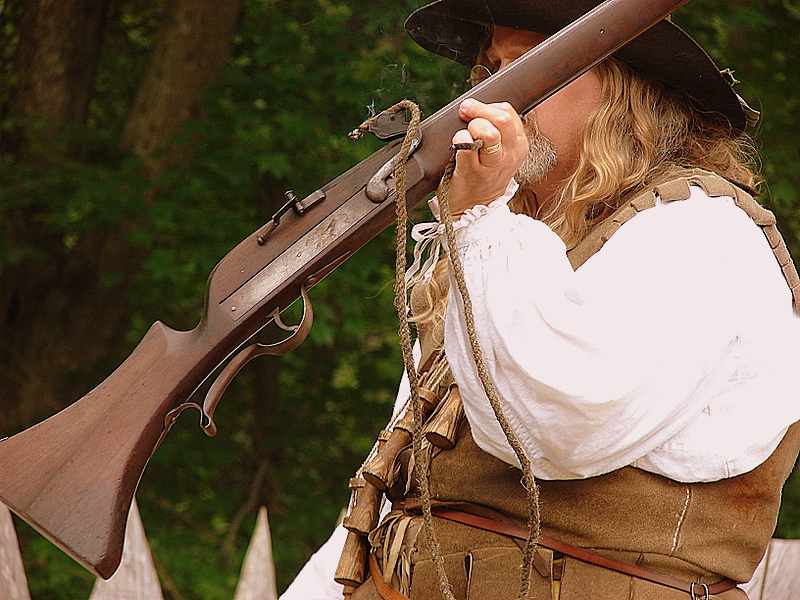Bow (4p, short/medium, instant, draw: St3)
- Ambushes at d6 Sequence
- Reaches up to Long range in a formation
- Damage becomes 2p if Draw Weight requirement is not met
Choose Bow Type:
- Self-bow (+1TN, in a pinch, can be crafted in a day with basic skills and limited tools)
- Recurve (-2DR when wet, composite*, crafting takes often weeks, requiring special tools and glues)
Optional: Change Draw Weight
- Child’s (-2 Damage, requires Strength 1)
- Target (-1 Damage, requires Strength 2)
- War (+1 Damage, requires Strength 4)
- Epic (+2 Damage, requires Strength 5)
Features: Increase Cost for Each
- Long (reaches up to Extended range in a formation; can’t be used on horseback)
- Heavy Draw (+1 Damage, one shot per round, always uses d10 Sequence)
- Whiskers (adds string silencers, subduing the twang)
Examples
Shortbow (4p, short/medium, instant, St3) Recurve
Poaching Bow (5p, short/medium, d10, St3) Self-bow, Whiskers, Heavy Draw
English Longbow (6p, short/medium, d10, St4) Self-bow, War, Long, Heavy Draw
Daikyū** (4p, short/medium, instant, St3) Recurve, Long
* composite and recurve are not separate traits -- the only way to get a recurve bow is to build it out of composite materials. this is contrasted by crafting a bow out of a single piece of wood, which makes a self-bow.
** this asymmetrical Japanese bow made out of bamboo strips is the only historical recurve longbow that we’re aware of
Like in the above example, each weapon section will give examples on how the parts can work together, and some very common “forms” of those weapons. To make life easy on the GM, a back appendix will feature the fairly complete kind of arms catalog you would expect for easy reference. So far, we haven’t come across any period weapons that we haven’t been able to easily replicate within our setup, and that makes us ridiculously excited.
The real strength of this system is two-fold:
First, it allows a far more subtle variation and characterization as you see in fiction. Even in a knightly setting with little variation where the default assumption is that everyone would have carried an arming sword, your hulking brute of a character may be carrying one that’s deliberately hefty and blade-heavy, meant to brutally hack his way through an enemy. By contrast, the guy at your table whose character is a pampered noble may decide that his character would have preferred a lighter, more nimble weapon. There is a sense of ownership when designing your character’s weapon, rather than just picking one off the rack.
Second, it avoids long debates over the relative merits of different swords and keeps the focus where it should be: on the people who use them.
Got something to say? Let us know on our Forums!
























